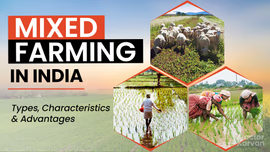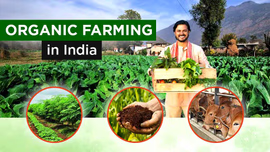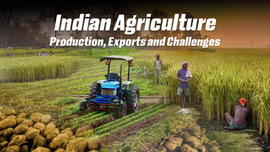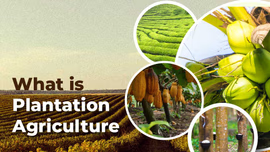
India is a land of festivals, and harvest season brings some of the most joyful celebrations across the country. Each state marks this time with unique harvest festivals which are deeply rooted in farming traditions of rural life. From the golden wheat fields of Punjab during Baisakhi to the lush paddy fields of Tamil Nadu during Pongal, every celebration highlights the deep connection between farmers and their land.
In this blog, we’ll explore ten of India’s most important harvest festivals, their cultural and social significance, and the unique traditions and customs that make each one special.
Table of Contents
- An Introduction to Harvest Festivals in India
- Why are Harvest Festivals so important in India?
- What are the Popular Harvest Festivals across Indian States?
- Conclusion
An Introduction to Harvest Festivals in India
India has a rich agricultural heritage and cultural diversity. There are a variety of harvest festivals celebrated across different regions of the country. These festivals are celebrated with colorful rituals, feasts and communal gatherings. They are mainly celebrated at the end of harvest season where the hard work of farmers and bounty of nature is honored. Harvest festivals are deeply rooted in agricultural practices, serving as a celebration of good harvest, seasonal change, and the interdependence of humans and nature in an agrarian society.
Why are Harvest Festivals so Important in India?
Harvest festivals in India hold the utmost significance in terms of social, cultural and traditional aspects. Here are some of the major reasons why these festivals are celebrated -
- Farmers traditionally celebrate ‘Harvest Festivals’ to express their gratitude for a successful harvest and thank the nature for providing them with food and livelihood.
- It is the celebration of the end of the growing season across all states, which lets people come close to each other and forms a great bond between communities.
- These festivals are celebrated due to some traditional and cultural beliefs. Thus, it holds great importance in the lives of Indian farmers.
What are the Popular Harvest Festivals across Indian States?
|
Festival Name |
Month |
States |
Crops Harvested |
|
Lohri |
January |
Punjab, Haryana, Himachal and Jammu |
Wheat and Barley |
|
Makar Sankranti/Pongal |
January |
Punjab, Gujrat, Tamil Nadu, Uttar Pradesh |
Sugarcane, sesame and Rice/Paddy. |
|
Baisakhi |
April |
Punjab, Haryana |
Wheat |
|
Gudi Padwa |
March - April |
Maharashtra, Karnataka, Andhra Pradesh, Telangana |
Wheat and Mango |
|
Bhogali Bihu |
January - February |
Assam |
Rice/Paddy |
|
Basant Panchami |
January - February |
West Bengal, Bihar, Punjab |
Mustard |
|
Onam |
August - September |
Kerala |
Rice/Paddy |
|
Wangala |
September - December |
Meghalaya |
Rice/Paddy |
|
Nabanna |
November - December |
West Bengal, Tripura, Assam |
Rice/Paddy |
|
Ladakh Festival |
September |
Ladakh |
Buckwheat and Barley |
Lohri
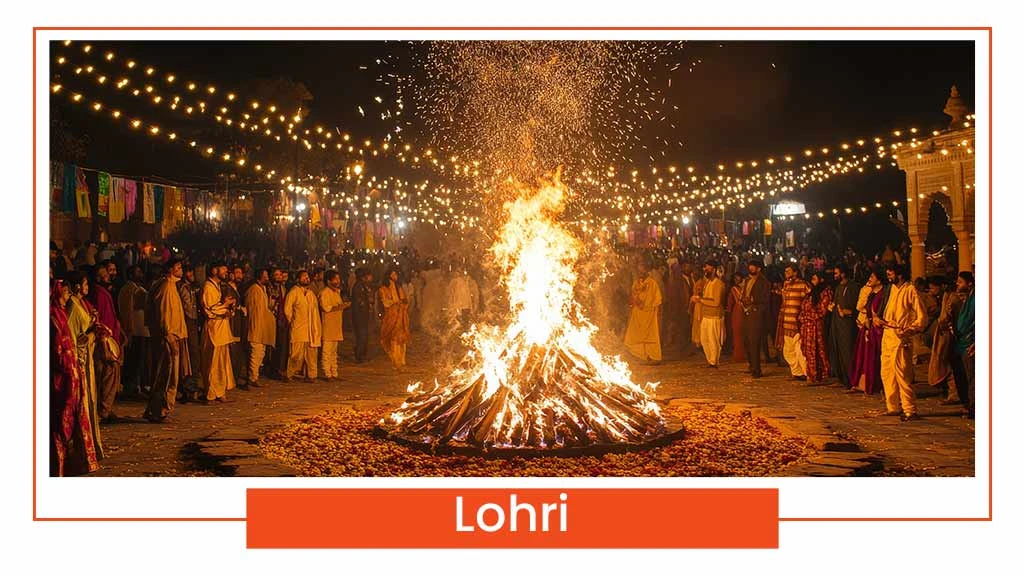
Lohri is a traditional winter folk festival primarily celebrated in the northern regions of India, i.e., Punjab, Haryana, Himachal Pradesh and Jammu. The festival marks the end of winter (Rabbi) season and signals the arrival of longer, warmer days. It is celebrated on either 13th or 14th of January, coinciding with the day of Makar Sankaranti. Lohri is considered as an important harvest festival in India, holding religious and agricultural significance. It celebrates the harvesting of winter crops such as wheat and barley. People also make offering to fire God (Agni) and Sun God (Surya) by lighting a bon fire, offering Popcorn, Gajjak and Rewri to the fire. These items are then eaten as a prasad.
Makar Sankranti/Pongal
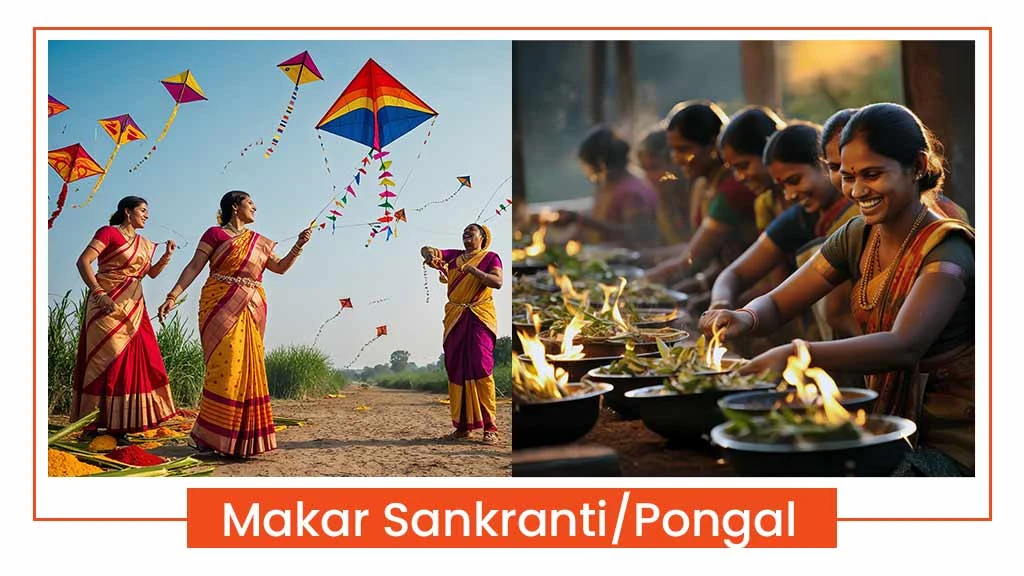
Makar Sankranti is one of India's oldest harvest festivals, celebrated with lots of joy and preparation. It is celebrated on the 14th (15th during leap year) of January every year. It marks the first day of the Sun's movement to Capricorn, which is known as Makara, which further marks the end of short winter days. People in different regions of India celebrate it with a huge fire, tunes, moves, kite flying, and revitalizes.
Different states celebrate this festival with different names, such as Uttarayan in Gujarat, Magha Saaji in Himachal Pradesh, Kicheri in Uttar Pradesh, Maghi in Punjab and Pongal in Tamil Nadu. Pongal is celebrated to show gratitude to the Sun, Mother Nature & various farm animals that contribute to a bountiful harvest. Sweet dishes made of sesame and jaggery like "til ke laddoo" and "til ki chikki" are popular dishes made during this festival.
Baisakhi
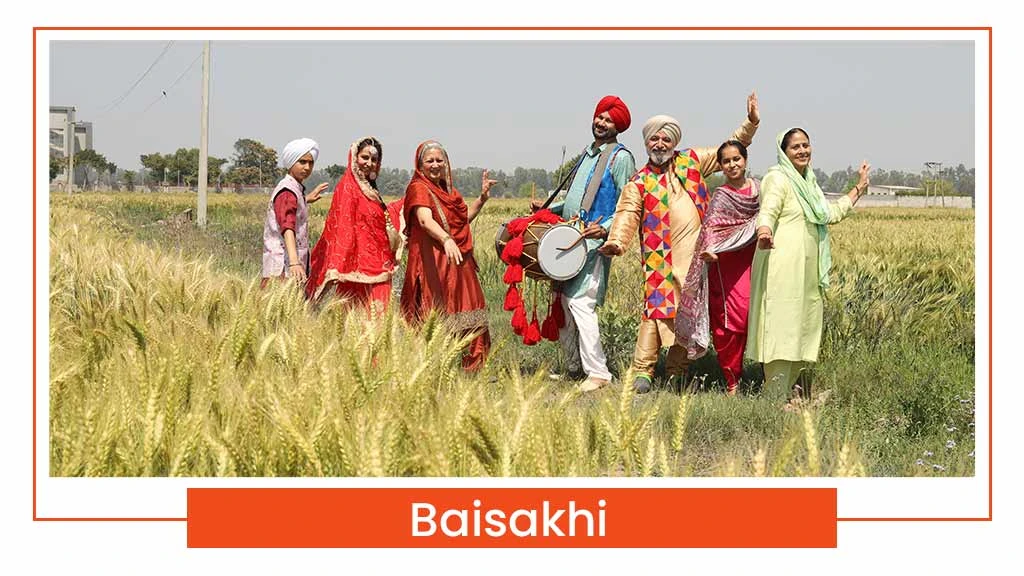
Baisakhi is the first day of the new year, according to the Sikh calendar, and is celebrated in mid-April in the states of Punjab and Haryana. It marks the beginning of the new spring. It is celebrated to mark the beginning of harvesting of Rabi season crops. People visit Gurudwaras and relish traditional dishes like "Sarson ka saag" and "Makki ki roti". Men perform Bhangra and women perform Giddha, a musical celebration that is enjoyed in the community.
Gudi Padwa
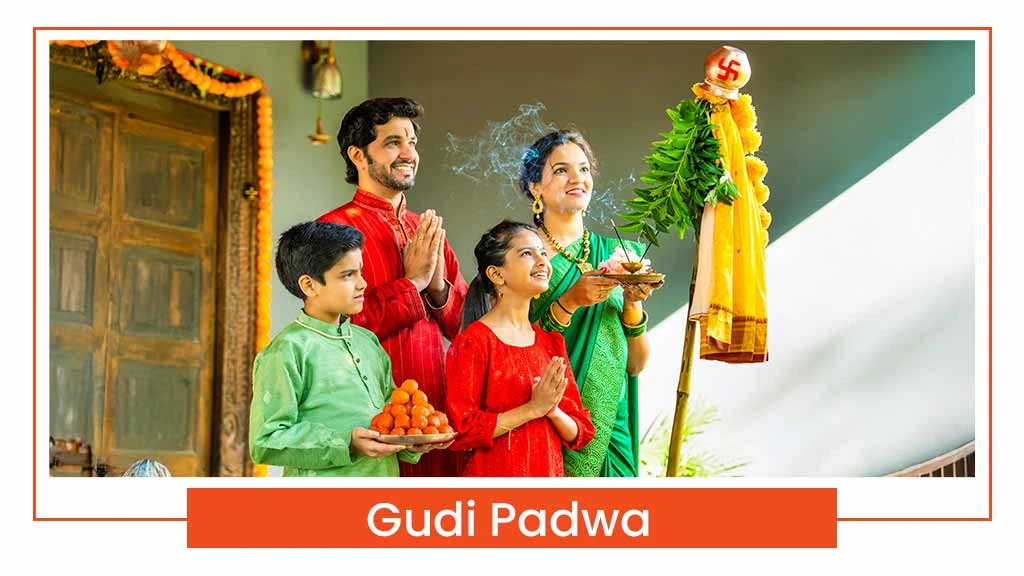
Gudi Padwa is celebrated as a new year in Maharashtra and some parts of Karnataka. It is usually celebrated in March or April. It is the start of the sowing season for the Rabi crops, such as sugarcane, wheat, and barley. The traditional Gudi is made using mango and neem leaves, which are then hung on a bamboo in the entranceway. In Karnataka, it is called "Ugadi" and is celebrated differently. Puran Poli and Shrikhand are famous dishes made during this festival.
Bhogali Bihu
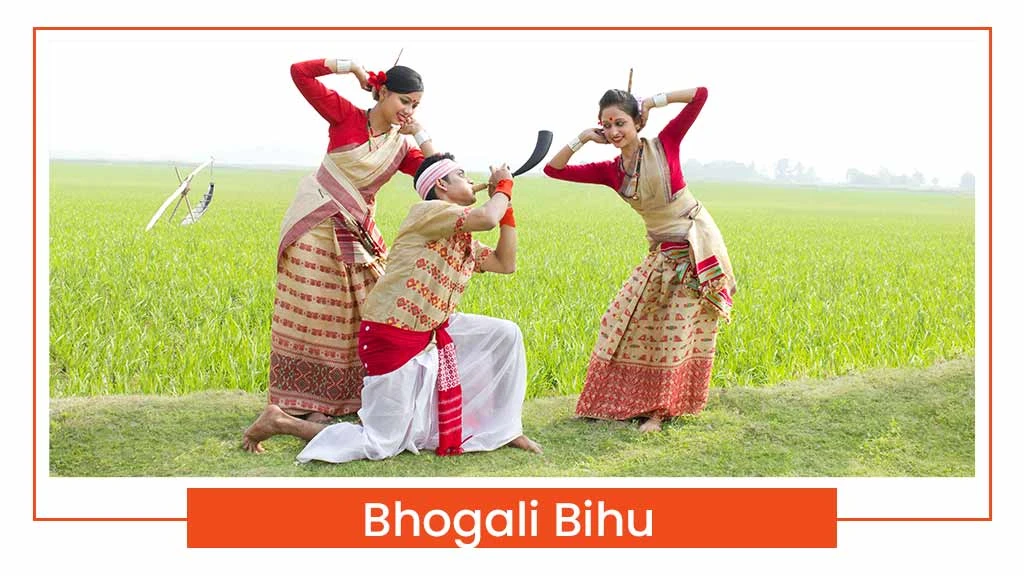
Bhogali Bihu is the beginning of the harvest season and is celebrated as the new year among the people of Assam. This festival is celebrated in mid-April. It is also known as "Magh Bihu". During this festival, mejis or pavilions made of clay and hay, are burnt. People enjoy fish, rice, wine, and meat, which are cooked collectively and are among the festival highlights. The popular Bihu dance by females is an important part of this festival.
Basant Panchmi

Basant Panchmi is celebrated in the northern regions of India, which marks the start of the spring season. It is also called the yellow festival and is celebrated in the states of Bihar, West Bengal, Punjab, Odisha and Assam in January or February. The yellow colour signifies the colour of the mustard crop. It is celebrated differently according to the states, such as people in Rajasthan wearing jasmine garlands, whereas people in Uttarakhand worship Lord Shiva and Parvati as Mother Earth. People in Punjab organize langar to celebrate this festival.
Onam
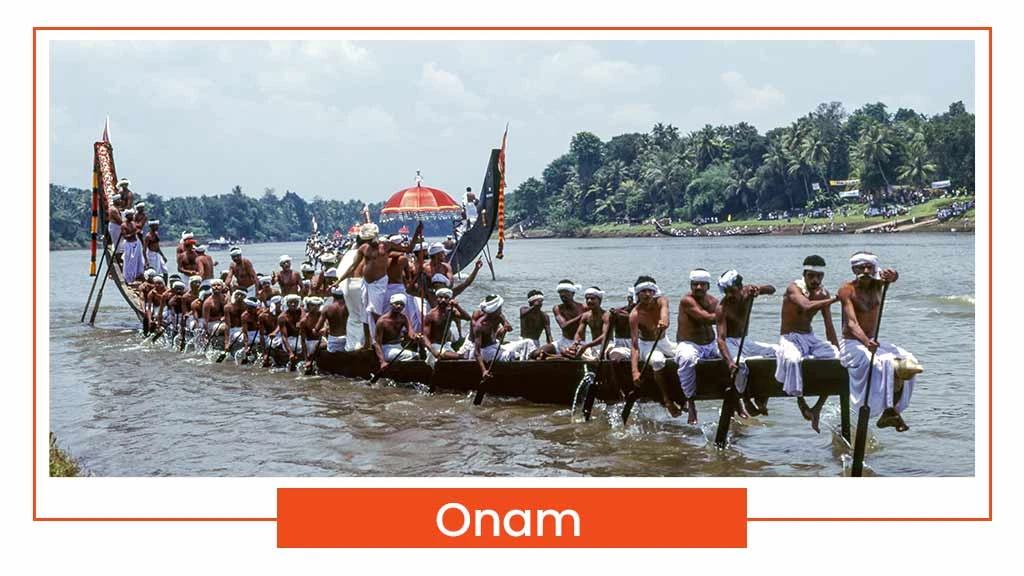
Onam is the most important harvest festival for the people of Kerala. It is celebrated in August or September. It is celebrated to honour King Mahabali, who was a beloved ruler said to have ruled Kerala during the golden age of peace and prosperity. People celebrate the successful harvest by decorating the entrance of their houses with flower rangoli. Rasam, Payasam, Avial, earthy-coloured rice, and parippu curry are famous dishes for this festival, which are served on traditional banana leaves.
Wangala
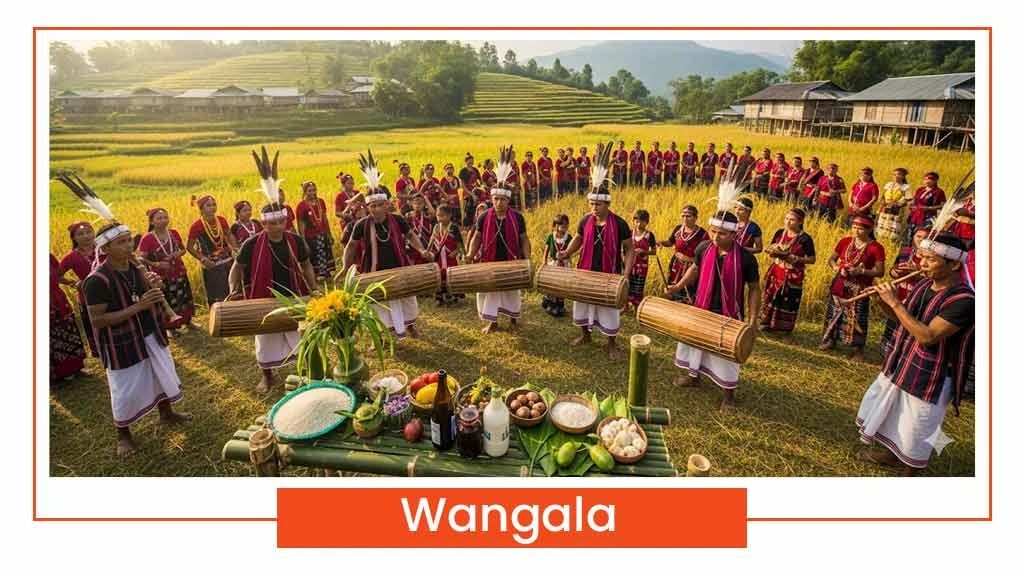
People in Assam and Meghalaya celebrate this festival with the worship of goddess Saljong, who is believed to bless the crops. It is celebrated to mark the end of the agricultural year. It is also known as the drum festival, as the Garo tribes of northeast India perform 100 drums. Drums, flutes, and gongs are the major attractions used for the music.
Nabanna
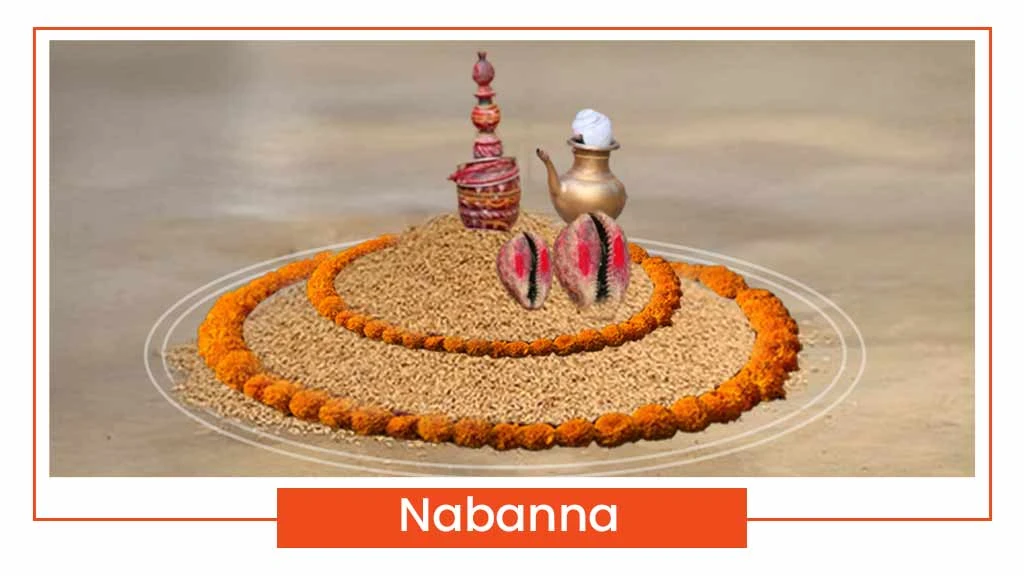
Nabanna is a harvest festival in West Bengal, which is celebrated on the day of Vishwakarma Puja during the Hindu month of Bhadra (August-September). The first crop is offered to the deity and is celebrated with fresh rice, which is harvested with joy and stored in households. Payesh (Kheer), made from freshly harvested rice, is a major attraction.
Ladakh Festival
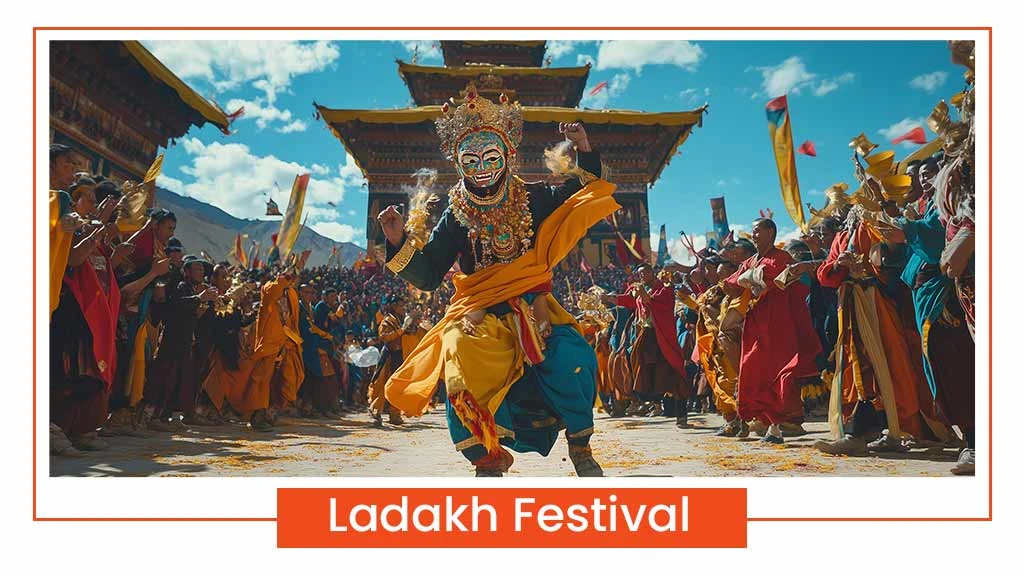
The Ladakh harvest festival is celebrated to promote the Ladakh’s old rooted culture. The festival is celebrated in Zanskar, and Kargil. During this festival, monasteries and stupas are decorated, and pilgrimages to the Thangka of Kyabje Gombo are necessary. The festival also features archery, historical social and cultural events, and arts and crafts. Dramas, or 'Chhams,' and other dance forms from Tibetan culture are the main attractions of this festival.
Conclusion
These are some of the most popular harvest festivals in India. With its rich cultural heritage, India celebrates harvest festivals in its different states and different parts of the country according to cropping patterns and seasons. All these festivals celebrate the bountiful harvest season with joy and happiness. These harvest festivals also symbolize the lives of agricultural farmers and their dependence on the land and nature for their survival. We will suggest you experience these festivals if you get a chance to visit different states of India.
Frequently Asked Questions On Top 10 Harvest Festivals of India
1. What are the famous Harvest festivals of India?
Some of the most famous harvest festivals of India are Lohri, Makar Sankranti/Pongal, Baisakhi and Gudi Padwa.
2. Is Gudi Padwa a harvest festival?
Yes, Gudi Padwa is popular harvest festival, primarily celebrated in Maharashtra.
3. When is Lohri celebrated in India?
Lohri is celebrated every year on 13th January.
4. How many harvesting festivals are celebrated in India?
More than 20 harvest festivals are celebrated in India.
5. Which is the oldest harvest festival in India?
Mankar Sankranti is one of the oldest harvest celebrated in India.


Related Blogs
